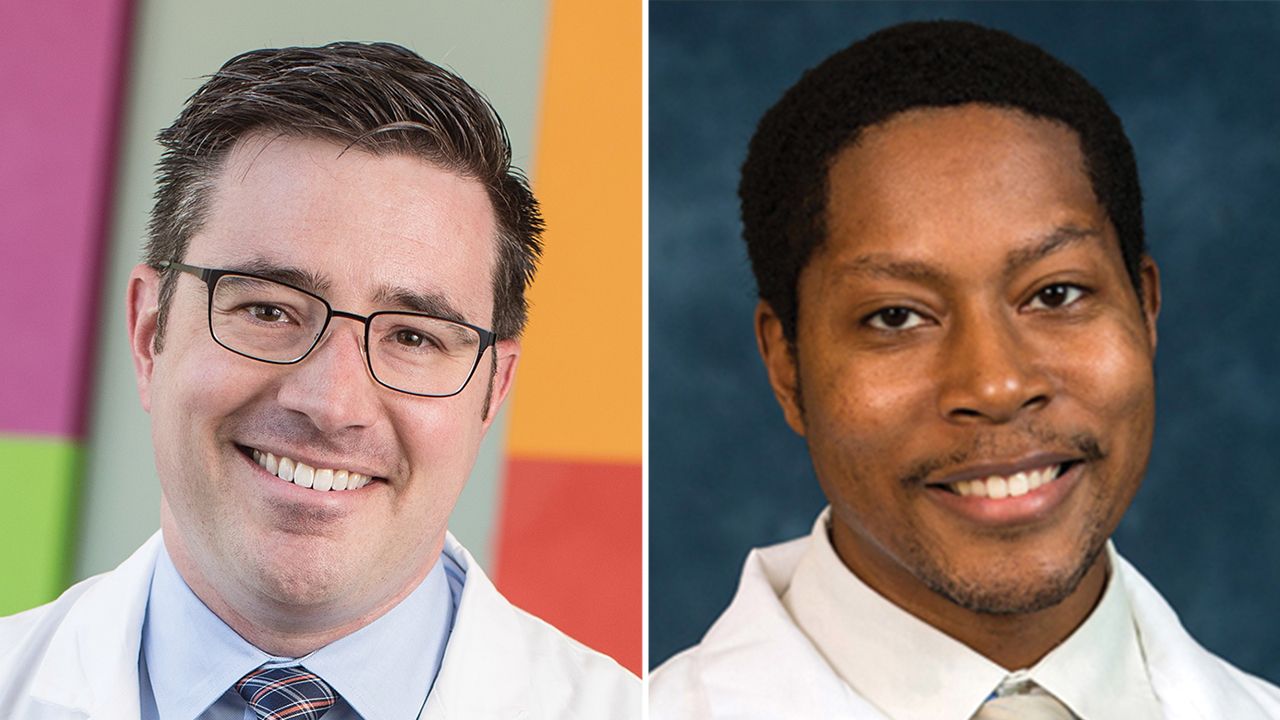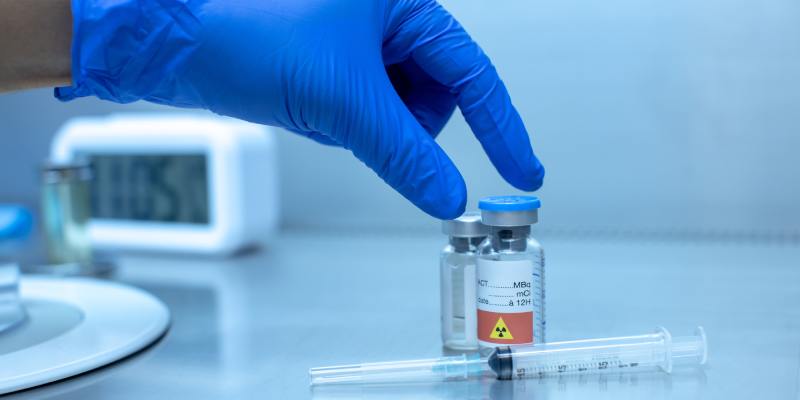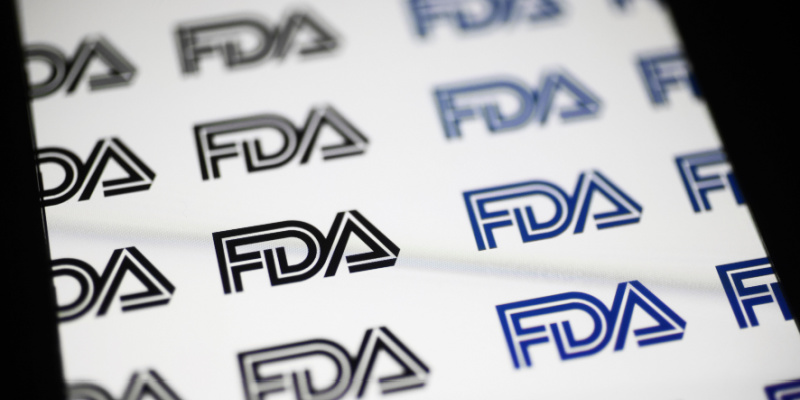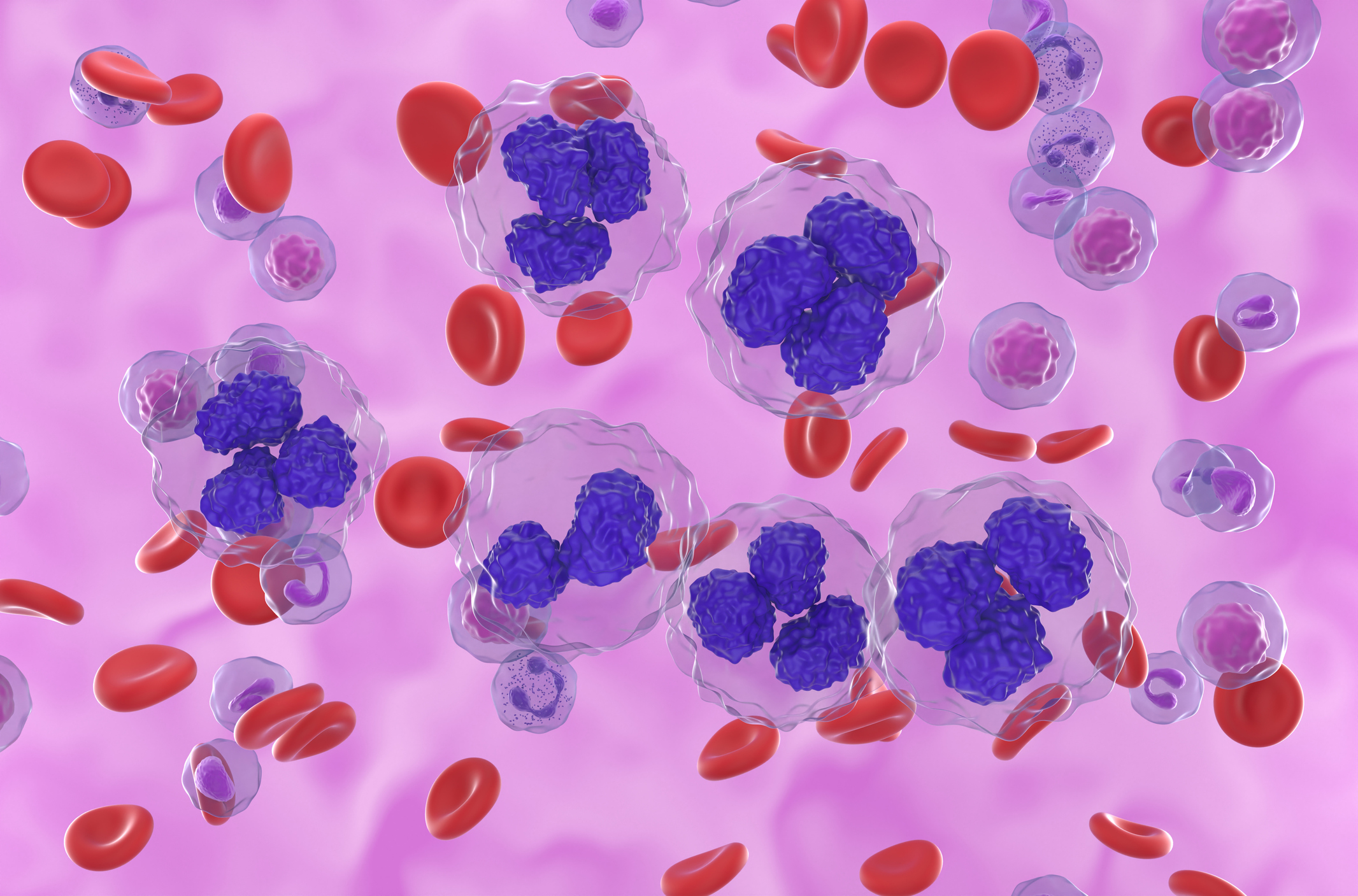
Craig Portell, MD, an Associate Professor of Medicine at the University of Virginia, and Tycel Phillips, MD, a Clinical Associate Professor at the City of Hope in Duarte, California, discuss what the TRIANGLE study means for transplantation and treatment in general for patients with mantle cell lymphoma (MCL).
Transplant Versus Nontransplant
Dr. Portell: Autologous hematopoietic stem cell transplantation (AHSCT) consolidation after induction chemotherapy-induced remission has long been a standard of care in patients with MCL, and it has been shown to have survival advantages in the disease. Of course, transplant isn’t appropriate for everyone, and most patients with MCL are not eligible for transplant due to age and comorbidities. For patients who are eligible, nonrandomized studies have mostly shown a benefit to transplant when the disease is treated aggressively during induction. The recently reported TRIANGLE study may question this paradigm; however, the study has only been presented, not published. Additional studies questioning the role of transplant are currently ongoing. While the field may move toward a nontransplant approach, as of today, transplant seems the most likely option to benefit our patients.
Dr. Phillips: The biggest argument for transplant has always been prolonging remission because the disease is incurable. Conversely, some people have argued the biggest strike against transplant is that none of the current studies have demonstrated a clear survival advantage for AHSCT in these patients. Given that fact, the current major question is whether we need transplant to achieve deep and durable remissions in this patient population. The availability of measurable residual disease (MRD) testing, which appears to be a more sensitive test than positron emission tomography/computed tomography, should allow us to evaluate this premise further in ongoing clinical trials.
The TRIANGLE study from the European MCL Network is one such trial. This study randomized patients to receive ibrutinib during the odd cycles of induction (R-CHOP cycles) and then for two years during maintenance in two of the study arms. One of the arms included AHSCT and the other did not. The third arm did not include ibrutinib during induction or maintenance but did consolidate it with AHSCT. The TRIANGLE trial seemed to indicate that the addition of ibrutinib alone in the frontline setting was better than transplant alone, and it appeared equivalent to the arm that included ibrutinib plus AHSCT. Given these findings, we are evaluating what appears to be a new treatment paradigm. Where exactly does this oral medication, the Bruton’s tyrosine kinase (BTK) inhibitor, fit in the frontline setting for transplant-eligible patients? What does it mean for transplant given that we know transplant plus a BTK inhibitor doesn’t appear to be any better than the BTK inhibitor with induction chemoimmunotherapy? The TRIANGLE study showed that transplant without a BTK inhibitor doesn’t seem great, but there is still a lot to understand about the study’s patient population. I think we are all looking forward to the final manuscript. As the TRIANGLE study matures, and if the curves remain superimposable over the next 48 months, the final nail in the coffin might be struck for autologous transplants for patients with MCL.
Death Knell for AHSCT?
Dr. Portell: The field is changing and evolving in front of our eyes. The TRIANGLE study gives us a lot of new insights into the role of transplant in MCL. The triple-arm design, a novel agent, a BTK inhibitor, with and without transplant as two of those arms, is very interesting. It suggests early on that the transplant may not be needed if given with a novel agent. Caveats abound, however, because the study was only presented at the American Society of Hematology Annual Meeting and Exposition. We need to see the final, peer-reviewed manuscript to really understand it.
There are also a lot of subtleties. First, the novel agent was ibrutinib, the first BTK inhibitor to the market and the only one available during the TRIANGLE study design, or at least it was the one that was furthest along in development. Over time, we now understand that ibrutinib is less safe than other second-generation BTK inhibitors. We don’t feel comfortable giving ibrutinib to some patients but would feel comfortable giving the other second-generation BTK inhibitors. Can similar outcomes be identified with those second-generation BTK inhibitors? It’s hard to know.
The second subtlety is that the researchers used ibrutinib during induction but only for 30 days in total. Is that important, or is it more that maintenance after finishing induction chemotherapy is important? From what I remember, the early portions of the survival curves would suggest that having the novel agent during induction may have prevented a few failures, but those data need to be evaluated more carefully.
Finally, over the course of the study, rituximab maintenance after transplant had been shown to have an overall survival advantage. Given this fact, half the patients received rituximab maintenance. While the TRIANGLE authors suggest there was no difference in outcomes, more details are needed to understand if BTK inhibitors and rituximab are truly needed. This is a particularly important point to consider given the immunosuppression one would see with the long-term treatment with BTK inhibitors and rituximab.
The TRIANGLE study is a potentially transformative study, but we really need to see it published before changing practice. Other ongoing studies are questioning whether transplant is needed. One of them is an Eastern Cooperative Oncology Group (ECOG) study, EA 4151, which is evaluating using next-generation MRD testing to assess if a deeper remission than we can see on scans can supplant the need for high-dose chemotherapy with autologous stem cell rescue. I think the field is moving in the direction of eliminating transplant. Many of us question the need for transplant, but as of right now, autologous transplant consolidation would remain the standard of care for eligible patients with MCL.
Dr. Phillips: I do think Dr. Portell is quite correct about some of the intricacies of the TRIANGLE study. The data are immature, with only three years of follow-up, so none of us can confidently say that this change should alter our clinical practice, especially without a chance to fully evaluate the study manuscript. I will say that the field overall seems to be moving away from AHSCT. In addition to the TRIANGLE study, several other studies are introducing novel agents in the frontline setting, plus or minus the addition of some chemotherapy consolidation, and have not included AHSCT. These studies are ongoing and have shown good initial overall response rates and remissions, albeit in small sample sizes. These studies do lend some support to the idea that with the introduction of some of these novel treatments in the frontline setting, it is likely that we will be comfortable eliminating AHSCT, which, while quite safe for a majority of patients, does induce short-term complications in most patients and long-term complications in a few patients.
Treatment-induced myelodysplastic syndromes and secondary acute leukemia are the most concerning long-term complications related to this type of treatment. We do see some younger patients presenting with MCL, specifically in the transplant-eligible patient population. Preventing some of these secondary and late complications will be important, especially if we can continue to try to make this cancer a more chronic disease, with patients living longer and longer. I will concede to Dr. Portell that in a lot of these studies looking at novel treatments in the frontline setting, we do not have the long-term data like with autologous transplants.
Overall, I do think our field is heading firmly in the direction of eliminating AHSCT for most patients. There is an ECOG study that is randomizing AHSCT-eligible patients who are MRD negative to transplant plus rituximab maintenance versus just rituximab maintenance. Those patients could have had a multitude of different induction regimens, some of which may not include any novel treatments.
If we can get an undetectable MRD test without transplant, that is important. Data have come out of Germany that show that an undetectable MRD test is an important endpoint to meet to have a long-term, progressive-free survival (PFS). If we can avoid having to put a patient through a treatment like AHSCT, where they get high-dose chemotherapy and stem cell rescue and spend up to 14 or more days in a hospital, that is something we should do. Especially if that treatment is not adding a substantial PFS to our patient population.
To summarize, I think maturation of the TRIANGLE study is going to be very important, as are the results from the ECOG study. If those two studies demonstrate long-term remission without an AHSCT, then I think we can all agree that would be the end for AHSCT. Additionally, it would be nice if we had a study looking at a novel treatment regimen without chemotherapy versus a more traditional regimen, or even the transplant arm in the TRIANGLE study that included a novel treatment, to see if we need any of these cytotoxic agents during induction. To briefly touch on the “other” transplant, I don’t think any of these studies or others being evaluated will impact the use of allogeneic HSCT. I think allogeneic HSCT will still have a purpose because it is the only probable curative treatment option in MCL for the right patient. I think allogeneic HSCT should still be considered, but autologous stem cell rescue or AHSCT will be something we can mostly move away from.
Transplant as a Definitive Treatment?
Dr. Portell: What I would need to see, to clinch transplant as a definitive treatment option for patients with MCL or not, is these studies becoming negative or not showing much survival advantage. I completely agree with Dr. Phillips that transplant is toxic. It has a lot of problems from a quality-of-life perspective. Patients are essentially taking three to six months out of their lives to do the transplant process. If that time is something we can give back to them by not doing the transplant, with either equal or maybe even slightly worse outcomes, I would accept that. Maybe we accept a three-month-shorter PFS with novel agents without a transplant because, in theory, that’s the time we are taking away with transplant. It is a very safe procedure, but it takes a lot of effort to do and, as Dr. Phillips mentioned, has both short- and long-term toxicities.
Dr. Phillips: I think it’s a good time for our patients. I think we’re going to be able to answer some very important questions about the needs of certain treatments. Our goal is still maintaining overall survival because, again, we’re not getting rid of this cancer, but our patients are living longer with it, far longer than I think people would have imagined a decade ago. If we can do that and still maintain quality of life in our patients by eliminating certain things, or if we can have a more nuanced approach about who needs a transplant and who doesn’t, I think that will be better for all of us. Now, if you’re young and fit enough, you get a transplant. I think as we move along, these questions will be answered, and it will be better for all of us and for our patients, which is the most important thing.
Dr. Portell: I’m hopeful that we will eventually move away from the mindset of transplant-eligible versus transplant-ineligible during treatment decisions. Currently, even our induction chemotherapy choice is based on that mindset, particularly around the use of high-dose cytarabine. I can foresee a future, much like Dr. Phillips predicted, where novel agents alone, maybe biology-subset driven, will be used for all patients instead of intensive chemoimmunotherapy. With better treatments, we can eliminate the need to worry about transplant eligibility and its associated risks. Even induction chemotherapy can have significant problems, so finding safer and less toxic options is important.
Dr. Phillips: What we didn’t mention is the novel treatment ibrutinib, which was used in the TRIANGLE study. We’re not sure if we’re still going to have access to ibrutinib because its accelerated approval has been removed, and it is not clear what’s going to happen. As much as we like to extrapolate ibrutinib efficacy data to the other BTK inhibitors, that isn’t necessarily the case for insurance companies and the US Food and Drug Administration. We will have to take a guarded approach once those results are made available and if ibrutinib is indeed no longer available in the United States.
Dr. Portell: That is a very good point that further complicates the implementation of the TRIANGLE study.






 © 2025 Mashup Media, LLC, a Formedics Property. All Rights Reserved.
© 2025 Mashup Media, LLC, a Formedics Property. All Rights Reserved.